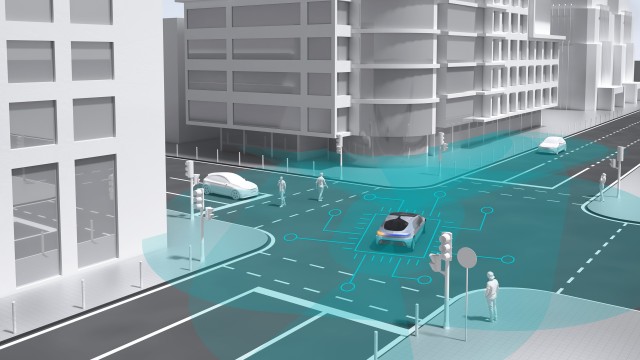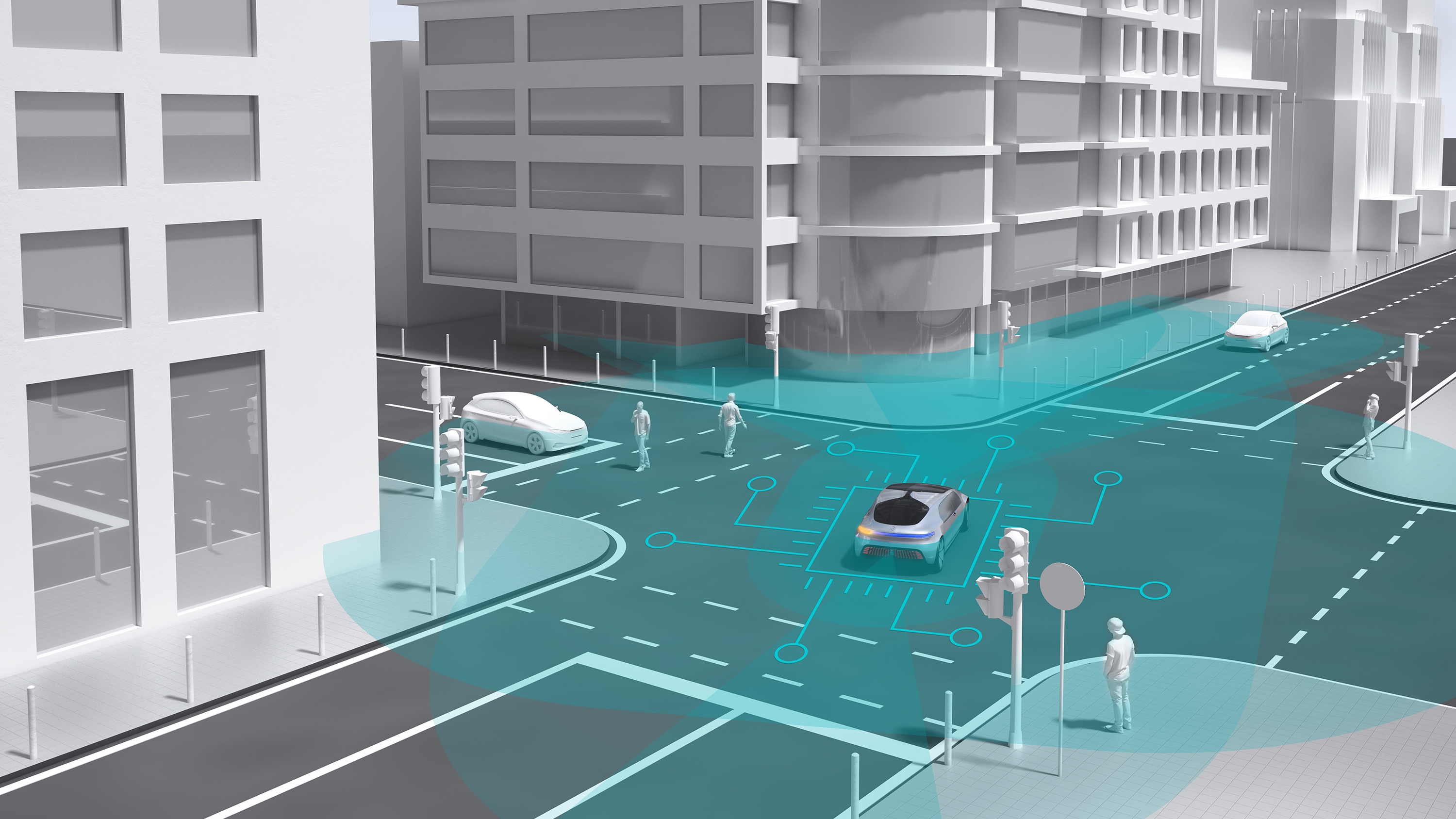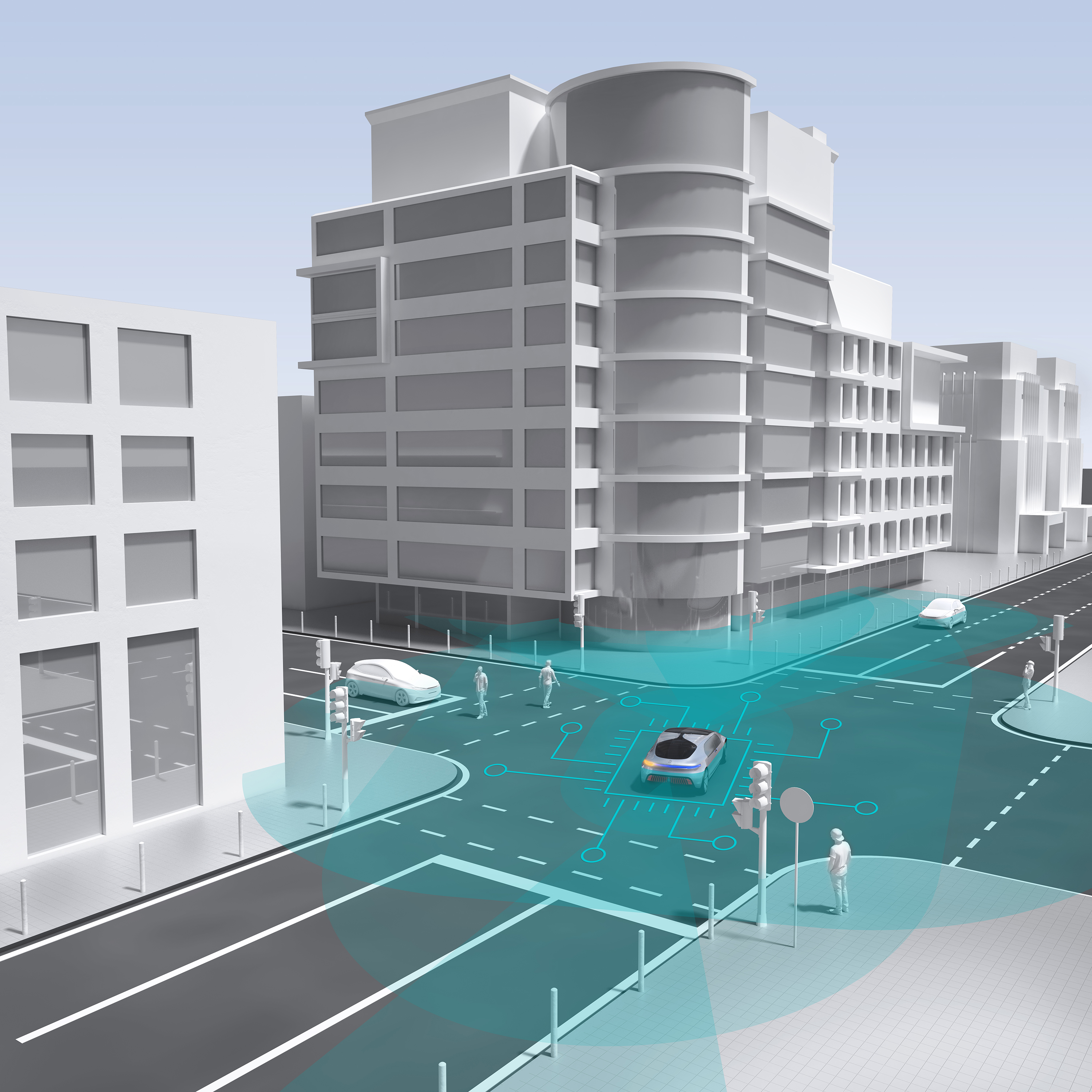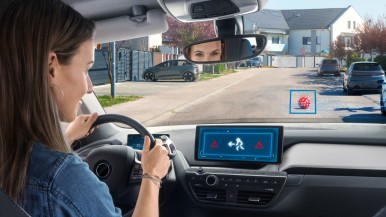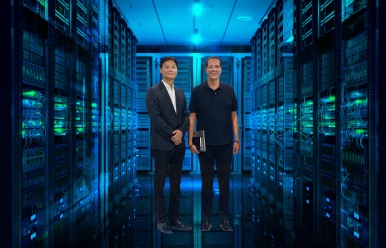Stuttgart, Germany – Automated vehicles are complex computers on wheels. And they need even more computing power if they are to negotiate city traffic automatically, with input sourced from an array of disparate surround sensors. In their alliance to put highly automated and driverless vehicles on urban streets, Bosch and Daimler have specified the computing power needed for their prospective system. The two companies have selected and signed an agreement with the U.S. AI computing company Nvidia as a supplier for the artificial intelligence (AI) platform they need. AI is an important building block in fully automated and driverless vehicles’ network of several individual ECUs (Electronic control units). Under this contract, Nvidia will provide its Drive Pegasus platform powered by high performance AI automotive processors along with system software that will process the vehicle-driving algorithms generated by Bosch and Daimler using machine-learning methods. As a result, the ECU network will reach a computing capacity of hundreds of trillion operations per second. This is akin to the performance delivered by at least six synchronized, highly advanced deskside computer workstations. Bosch and Daimler will also be able to tap Nvidia’s expertise to help develop the platform.
Mobility Solutions is the largest Bosch Group business sector. In 2017, its sales came to 47.4 billion euros, or 61 percent of total group sales. This makes the Bosch Group one of the leading automotive suppliers. The Mobility Solutions business sector pursues a vision of mobility that is accident-free, emissions-free, and stress-free, and combines the group’s expertise in the domains of automation, electrification, and connectivity. For its customers, the outcome is integrated mobility solutions. The business sector’s main areas of activity are injection technology and powertrain peripherals for internal-combustion engines, diverse solutions for powertrain electrification, vehicle safety systems, driver-assistance and automated functions, technology for user-friendly infotainment as well as vehicle-to-vehicle and vehicle-to-infrastructure communication, repair-shop concepts, and technology and services for the automotive aftermarket. Bosch is synonymous with important automotive innovations, such as electronic engine management, the ESP anti-skid system, and common-rail diesel technology.

